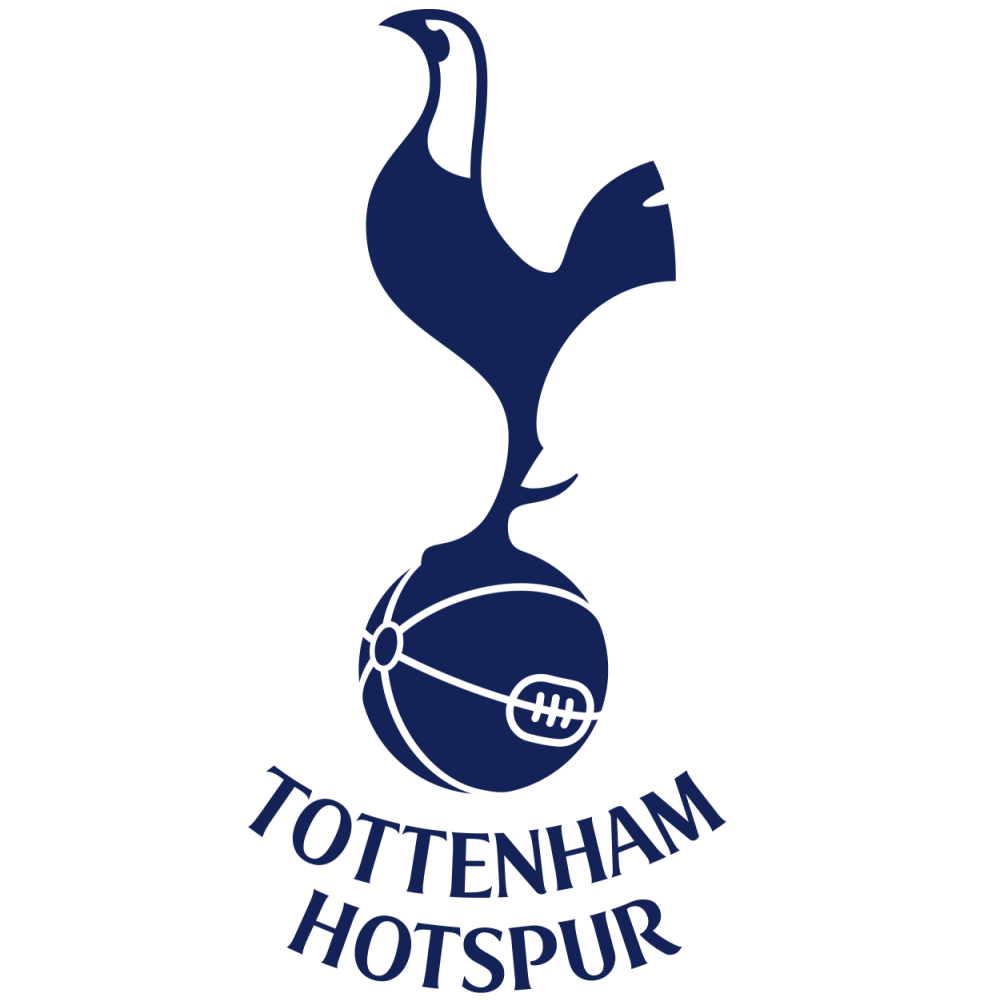On the blue side of Liverpool’s Stanley Park, the few hours leading up to 5pm on August 9th were, to say the very least, energetic.
Everton, in a triple deadline-day deal, signed Brazilian winger Bernard on a free, Andre Gomes on season-long loan and – most importantly given their weakness in that area – centre-back Yerry Mina for a fee in the region of £27m.
Marco Silva was clearly in need of a partner for Michael Keane, so the arrival of Mina, who they had pursued for weeks, was a huge positive for the club. He excelled at the World Cup for Colombia and has all the physical and technical characteristics to thrive in the Premier League.
The club had filled an obvious hole with a very good player. Why, then, was it so difficult to shift the sensation that the Toffees had overpaid?
Premier League teams are now too scared to buy young foreign talent
How the Premier League became scared of buying young foreign talent




















